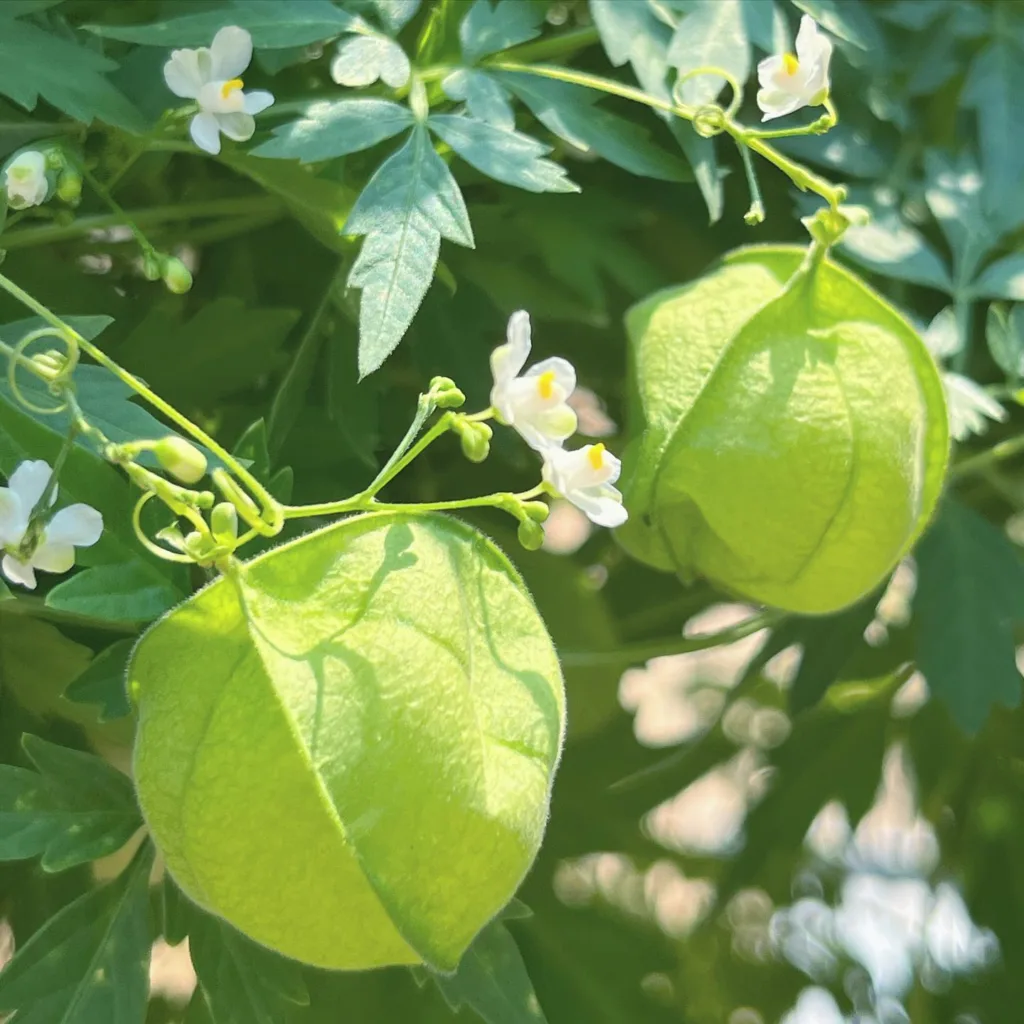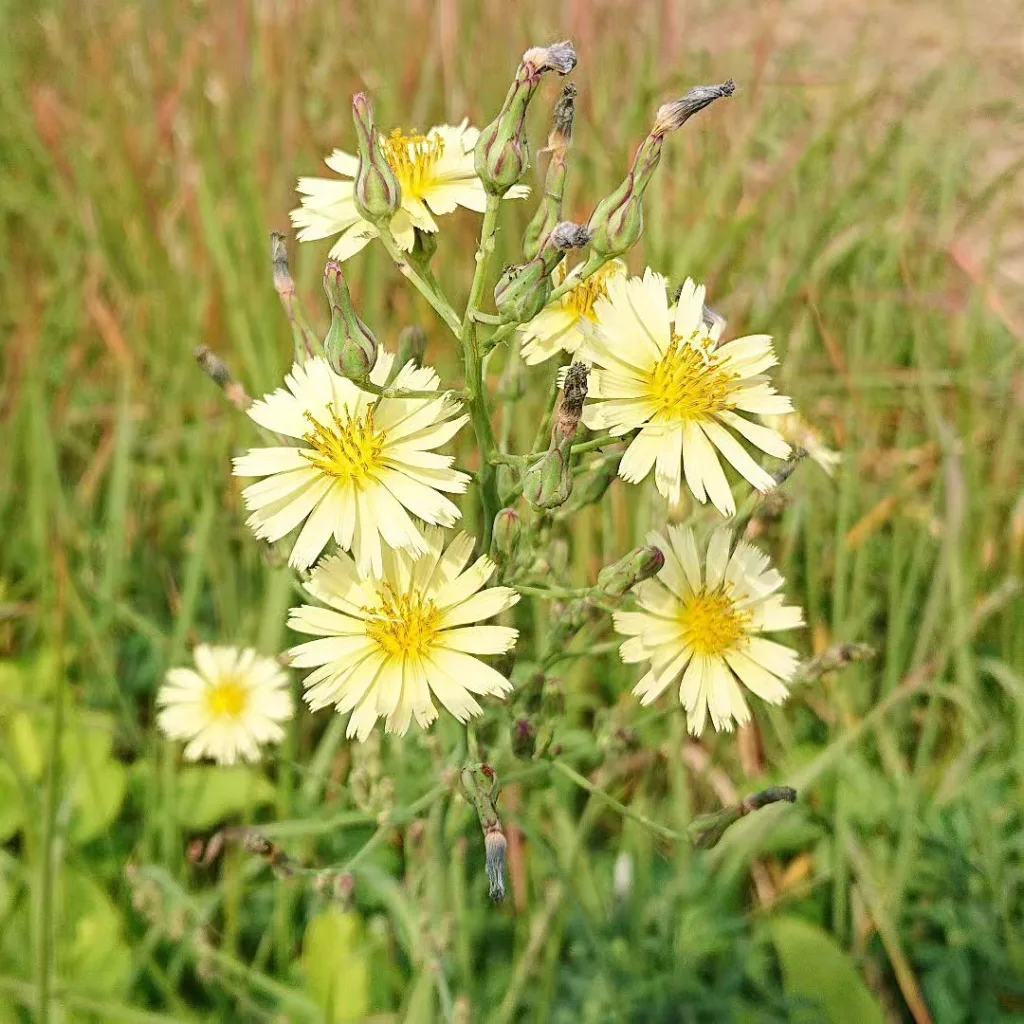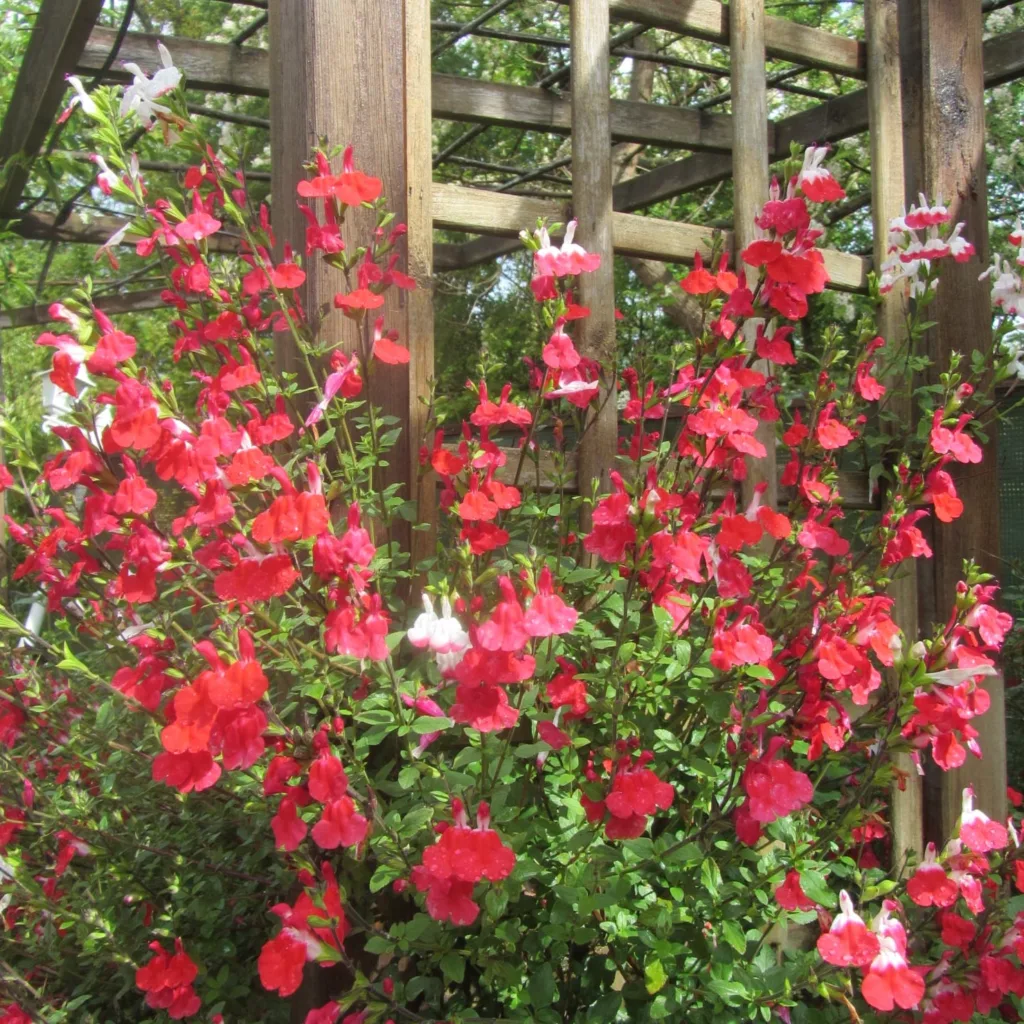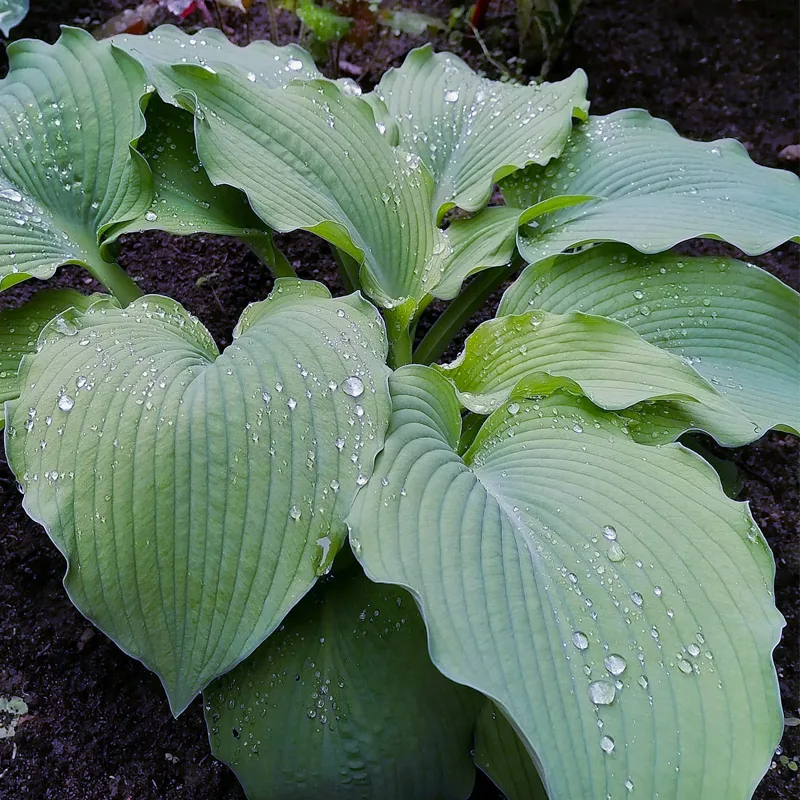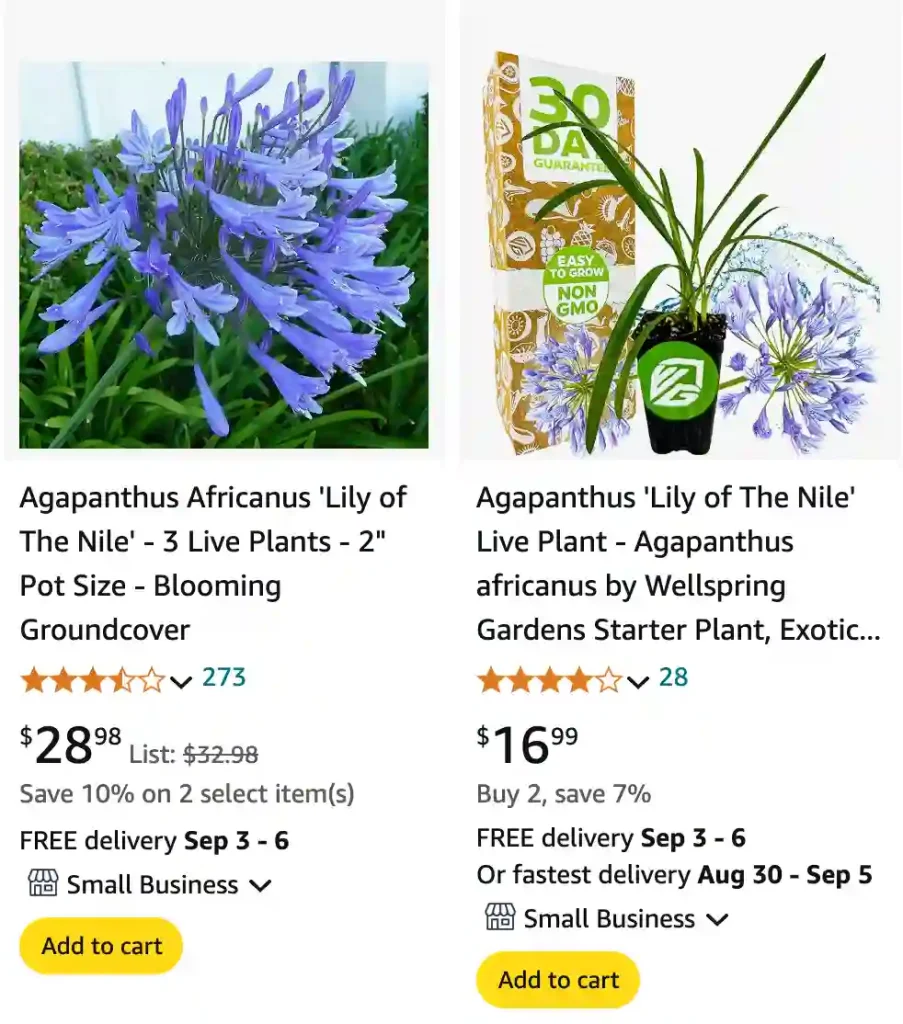
FAQs About Agapanthus Africanus
Agapanthus Africanus, also known as the African Lily, is a stunning plant that has captivated gardeners around the world. If you’re like me and have recently added this beauty to your garden, you might have a few questions about its care, propagation, and how it compares to other varieties. Here’s a detailed guide based on my experiences and research.
8 Species in Genus Agapanthus
How to Care for Agapanthus Africanus?
Caring for Agapanthus Africanus is quite straightforward. This plant thrives in full sun to partial shade and prefers well-drained soil. It’s tolerant of drought but flourishes with regular watering. Be cautious of overwatering, as this can lead to root rot. During the growing season, which is typically from spring to summer, feed it with a balanced fertilizer to promote blooming.
Agapanthus Africanus can withstand a range of temperatures, but in colder climates, it’s best to mulch around the base to protect the roots from frost. In warmer regions, it’s relatively low maintenance. Just ensure that it gets enough sunlight and occasional watering.
How to Propagate Agapanthus Africanus?
Propagating Agapanthus Africanus is a rewarding process. The easiest method is by dividing the plant. In early spring or late summer, dig up the clump, and carefully separate the bulbs or tubers. Replant them immediately at the same depth in a sunny location. You can also propagate from seeds, though this method takes longer and may not produce plants true to the parent.
What to Plant With Agapanthus Africanus?
Agapanthus Africanus pairs well with a variety of other plants. Its tall, architectural flower spikes create a striking contrast with low-growing perennials like Lavender or Catmint. It also complements grasses such as Festuca or Miscanthus, adding texture and movement to the garden. For a splash of color, consider planting it alongside daylilies or coral bells.
Can You Grow Agapanthus Africanus Indoors?
While Agapanthus Africanus is primarily an outdoor plant, it can be grown indoors with the right conditions. You’ll need a bright, sunny window or supplemental grow lights. The plant requires a large pot with good drainage and should be watered regularly, allowing the soil to dry out between waterings. Be mindful of humidity levels and ensure proper air circulation to prevent diseases.
Is Agapanthus Africanus Toxic?
Agapanthus Africanus is generally considered non-toxic to pets and humans. However, it’s always wise to prevent ingestion of any plant material, as it can cause digestive upset in some cases. If you have pets or small children, it’s a good practice to keep plants out of reach.
Benefits of Agapanthus Africanus
One of the main benefits of Agapanthus Africanus is its striking appearance. The plant produces large clusters of vibrant blue or white flowers that can brighten up any garden. It’s also a low-maintenance plant, making it ideal for busy gardeners. Additionally, it can be used in cut flower arrangements, adding a touch of elegance to indoor spaces.
Common Problems with Agapanthus Africanus
Like all plants, Agapanthus Africanus can face a few issues. The most common problems include:
- Root Rot: This can occur due to poor drainage. Ensure your soil is well-draining and avoid overwatering.
- Leaf Spot: Brown or yellow spots on leaves might indicate fungal infections. Treat with a fungicide and improve air circulation around the plant.
- Pests: Watch out for aphids and spider mites, which can be controlled with insecticidal soap or neem oil.
Agapanthus Africanus vs. Orientalis
When comparing Agapanthus Africanus with Agapanthus Orientalis, the differences are subtle but important. Agapanthus Africanus generally has larger, more rounded flowers and is typically more tolerant of colder climates. In contrast, Agapanthus Orientalis, also known as the Blue Lily of the Nile, has smaller flowers and is usually found in warmer regions. Both varieties have similar care requirements, but it’s worth considering your local climate when choosing between them.
Agapanthus Africanus vs. Praecox
Agapanthus Africanus and Agapanthus Praecox are often confused, but they have distinct characteristics. Agapanthus Praecox, or the Early Blooming Agapanthus, tends to have smaller flowers and blooms earlier in the season compared to Agapanthus Africanus. The Praecox variety is also more tolerant of drought and can handle a wider range of soil types.
What to Do if Agapanthus Africanus Isn’t Blooming
If your Agapanthus Africanus isn’t blooming, it might be due to insufficient sunlight or nutrients. Ensure it’s getting enough sun and consider feeding it with a high-phosphorus fertilizer to encourage blooming. Also, check for any signs of stress or disease that might be affecting its growth.
In summary, Agapanthus Africanus is a versatile and beautiful plant that can enhance any garden with its vibrant flowers and striking foliage. By following these care tips and understanding its needs, you can enjoy its beauty and benefits for years to come.
If i die, water my plants!
